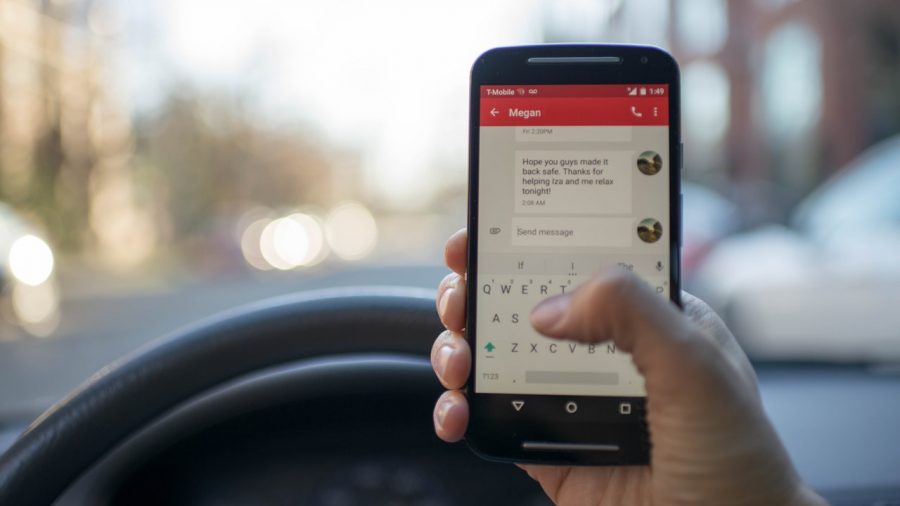Not everybody is convinced it is dangerous to text and drive. A surprising 68% of participants in Australian research said they needed a lot of convincing to believe in the dangers of texting and driving. If this attitude is widespread, how do we get people to stop texting and driving?
We use strategies to justify continued use of mobiles while driving, such as stopping beside the road or waiting for a red traffic light. But these strategies are often illegal too.
No stats to prove it
Unfortunately, there are no up to date, publicly available statistics to prove the dangers of texting and driving. It is easier to find old or general statistics. For example, talking on a mobile increases crash risk by 2.2 times whereas texting increases risk by 6.1 times.
The big three – fatigue, speeding, alcohol – are readily available. But the authorities do not collect daily or monthly statistics on illegal mobile use while driving.
Transport for NSW claims this kind of information is difficult to collect. Police cannot conclusively prove the presence of a mobile in the vehicle was sufficient to cause the crash. But if this is so, how do they justify coming down so hard on mobile phone use while driving?
Women do it
Of course, everybody does it. But recent Australian researchers found the drivers most likely to use their mobiles while driving are women. These women also tend to have negative attitudes towards safety measures and are highly disinhibited (antisocial, impulsive, sensation seeking).
Many people are frequent users of phones at all times for texting or calling. Separation anxiety and fear of missing out are two big factors. While this research does not use the word, some women may be more addicted to mobiles for their social life.
Parents do it
Even parents with young children do it. In a US study, half of parents admitted to talking on a mobile while driving with children aged 4 to 10. Just under half were holding the phone. A third of all parents had read text messages and one in seven had used social media: fear of missing out again.
Interestingly, researchers found a correlation between illegal use of mobiles with children in the car and other types of risky driving. For example, not wearing a seatbelt or drink driving, or not using a child restraint in the car. This backs up the Australian research about highly disinhibited drivers.
Teenagers do it
Many teenagers have probably watched their parents use mobiles in the car. About half of teens in a US sample said they often text while driving – defined as more than six days per month. Anecdotal evidence suggests more than six times per day would not be unusual.
When asked what they would be willing or somewhat willing to give up:
- 99% said reading emails
- 99% said social media apps
- 96% said sending texts
- 91% said reading texts
- 55% said music apps
- 40% said navigation.
When prompted, these teens claimed they would use auto insurance apps to track their driving behaviour if there were financial incentives. Some said they would not use these phone apps because it would allow parents to monitor their behaviour.
What next?
There is currently a program running in Western Sydney where teenagers volunteer to have telematics in their vehicles to track their behaviour. There are no financial incentives for this trial.
While telematics are useful for tracking behaviour, mobile phones can be used for the same purpose. This method may become more popular in the future, because the phone always goes with the driver, where the same vehicle may not. But in a world of driverless cars, using mobiles will be irrelevant.
Remember, it is illegal in Australia to use a handheld mobile phone for any function at all while driving. This is so, even when your car is stationary but not parked, eg, at traffic lights. Hands-free use is legal for full licensed drivers, but being hands-free usually excludes texting, navigation or using social media.
See more on this topic:
Special bays for manic texters
In-ground traffic lights for smombies


your opinion matters: